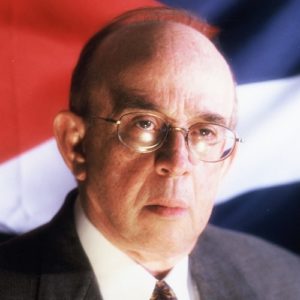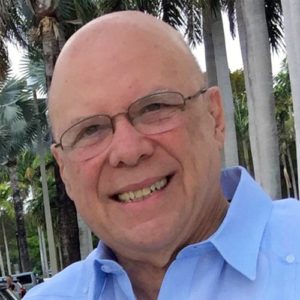
Founded in Old Havana in 1773 by Bishop José de Hechavarría, as the Real and Consular Seminario, to prepare sons of the white aristocracy for careers in the church, it was housed in the former Jesuits’ school and annexed to the moribund Seminario de San Ambrosio. San Carlos had a tremendous impact on intellectual developments in early 19th century Cuba. Its teaching was revolutionized by Félix Varela with discussion of concepts, dialogical form of exposition and deductive reasoning, as well as the introduction of such new subjects as physics, chemistry, botany, and political economy. Following Riego y Núñez’s Liberal Revolution of 1820 in Spain, there was even a Cátedra de constitución to teach the new civics. Products of the school included such prominent members of the Sociedad Económica as José Agustín Caballero, Francisco de Arango y Parreño, and José Antonio Saco. It closed in1868.









3 comentarios en “Real Colegio y Seminario de San Carlos”
And the Jesuit influence continues. It can be argued that no other institution has influence more the development of the Cuban Exile in Miami than Belen Jesuit. The same order transplanted in 1962 to the US.
Greetings…
Con todo respeto …» we were different them» today’s all change…
Toda la «historia» de ayer, fue escrito,,. notas, escritos, libros, ensayos, etc …
Por supuesto, no es necesario decir que somos blanco «la Historia» es cierta!
HOY es el Prejuicio lo que trae el dividir…..
Los quiero siempre Charlie G/ Sr……………………………………………USA!
Wasn’t Father Félix Varela the guy who had a maid who asked him for money so she could buy a poor person some underwear who had none, and when he comes home from work he discovers new underwear on his bed?
Los comentarios están cerrados.